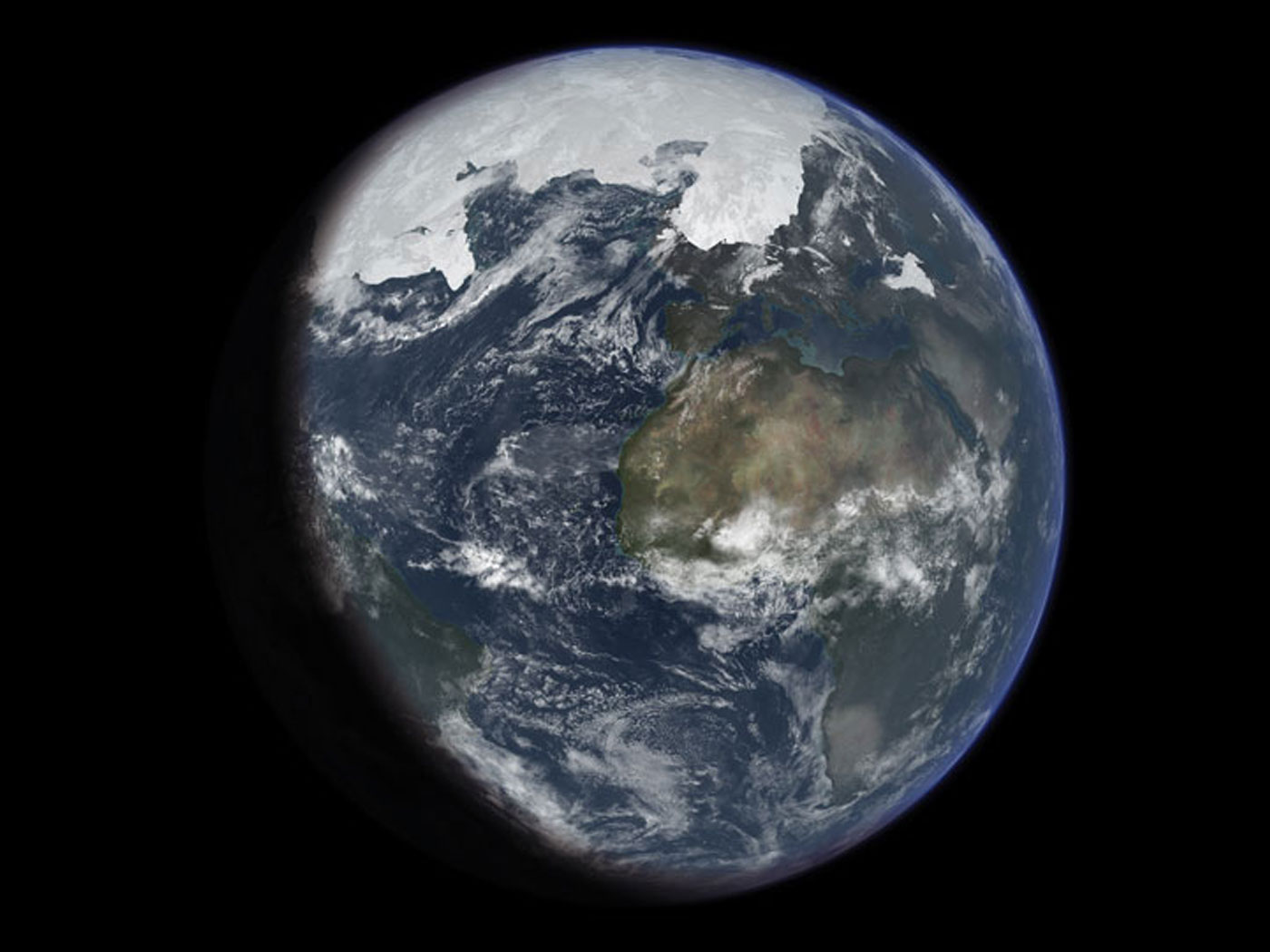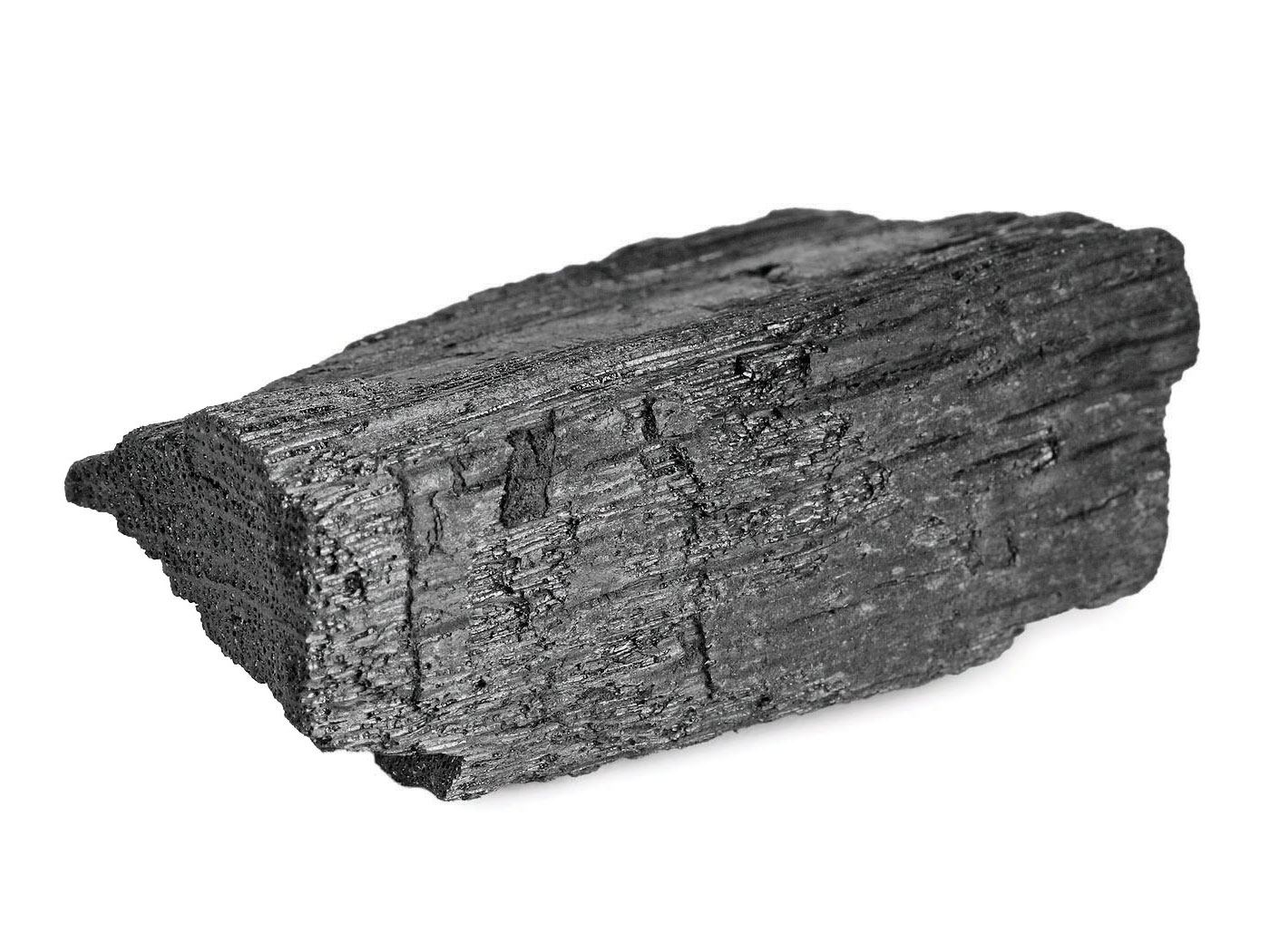In the year 2014, at least a half dozen fascinating observations confirmed the recent creation of our world and universe. For example, researchers took a closer look at Saturn's moon Enceladus, finding that it has more than just the single known geyser spewing icy material into space—it has 101 active geysers.1 How could this tiny moon still have enough internal heat to supply these plumes if it formed billions of years ago?
One of the year's most notable overall achievements, not just within the sciences, occurred when the European Space Agency successfully landed a probe on comet 67P/Churyumov–Gerasimenko. But when there, the Rosetta spacecraft detected jets of material ushering from the giant space rock's surface.2 How it could possibly still have this material, let alone the energy left to keep pushing it out, remains a stumbling block for those who believe that comets formed billions of years ago.
This same comet mystery extended far from our own Solar System when astronomers detailed a distant star system and found evidence of 493 still-orbiting comets.3 It makes sense to see distant comets gradually disintegrating to dust after only having begun their orbits thousands of years ago, but shouldn't those distant comets have completely vaporized after millions of years?
Closer to home, news headlines centered on the dramatic increase in oil production from shale basins in the United States. Discussions highlighted a few mysteries underlying these vast storehouses of shale and the oil and other organic molecules they harbor. First, how did so many organisms get trapped in sediments before decaying? Second, why did all the oil not already rise to the surface and get consumed by oil-eating bacteria if it is truly millions of years old?4
After a team of researchers described details of their system that makes oil in only one hour, it appears that oil does not form slow enough—or decay slow enough—to fit a millions-of-years' timeline.5
If the observable rates of oil formation and degradation are any indication, then these processes typically happen relatively fast. Biblical creation provides a context to solve such mysteries: World-covering water buried the organics quickly only thousands of years ago in Noah's Flood.
Also from Earth's sedimentary layers, fossils continued to reveal still-soft, original, organic components. The concept that all fossils only consist of hardened minerals took huge blows from these soft-tissue discoveries in 2014. Perhaps the most shocking discovery came from a seafloor worm found in Ediacaran rocks deep below the surface of Siberia.6 Who could even fathom the discovery of original, non-mineralized, worm-tube, tissue fibers from rocks assigned an age of half a billion years? Fossils like these must be much younger than claimed.
Another stunning confirmation of recent creation emerged from investigations conducted here at the Institute for Creation Research. Dr. Nathaniel Jeanson analyzed mitochondrial DNA sequence differences between individuals within four created kinds: human, fruit fly, roundworm, and water flea. First, he estimated the number of DNA differences that should have arisen given the time since each animal supposedly evolved, based on laboratory-measured mitochondrial DNA mutation rates for each kind. He then estimated the number of DNA differences that should have arisen after only 10,000 years. In all four cases he found that the actual number of DNA differences between individuals within each kind fell orders of magnitude short of the evolutionary predictions, but matched the number of differences that recent creation predicted.7
From far away to within our own bodies, discoveries in 2014 strongly supported biblical creation's youthful timeline.
References
- Thomas, B. Solar System Geysers—Each a Fountain of Youth. Creation Science Update. Posted on icr.org August 8, 2014, accessed December 31, 2014.
- Thomas, B. European Spacecraft's Comet Close-up a World First. Creation Science Update. Posted on icr.org August 13, 2014, accessed December 31, 2014.
- Thomas, B. Exocomets: Evidence of Recent Creation. Creation Science Update. Posted on icr.org November 7, 2014, accessed December 31, 2014.
- Thomas, B. Shale Oil Boom Begs Explanation. Creation Science Update. Posted on icr.org April 2, 2014, accessed December 31, 2014.
- Thomas, B. One-Hour Oil Production? Creation Science Update. Posted on icr.org January 13, 2014, accessed December 31, 2014.
- Thomas, B. Still Soft after Half a Billion Years? Creation Science Update. Posted on icr.org May 5, 2014, accessed December 31, 2014.
- Jeanson, N.T. 2014. New Genetic-Clock Research Challenges Millions of Years. Acts & Facts. 43 (4): 5-8.
Image credit: Copyright © 2014 ESA/Rosetta/NAVCAM. Adapted for use in accordance with federal copyright (fair use doctrine) law. Usage by ICR does not imply endorsement of copyright holders.
*Mr. Thomas is Science Writer at the Institute for Creation Research.
Article posted on January 15, 2015.
















